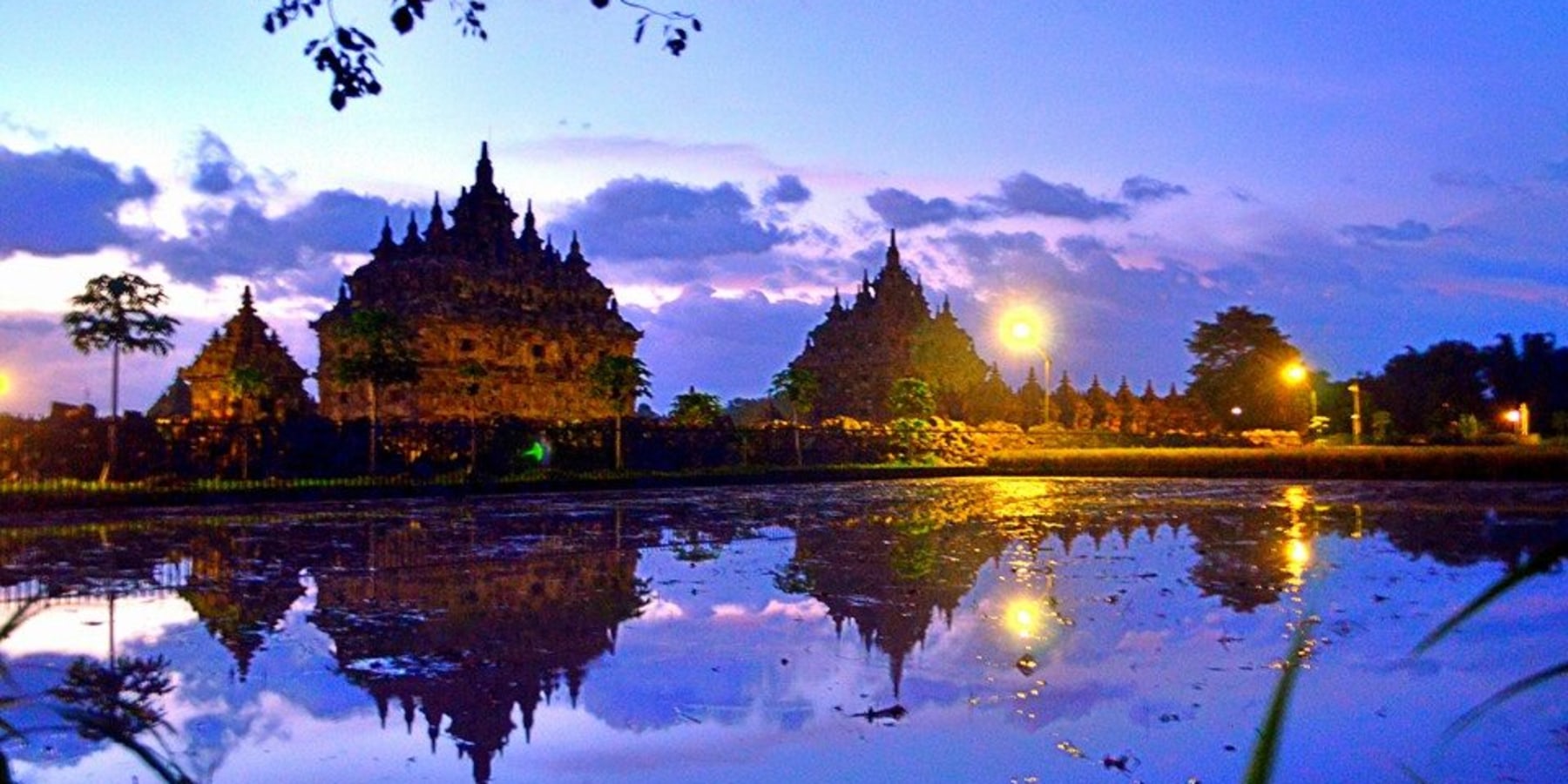
Plaosan temple was built in the mid 9th century by Sri Kahulunnan or Pramodhawardhani, the daughter of Samaratungga, descendent of Sailendra Dynasty, and who was married to Rakai Pikatan in the Hindu tradition. The Plaosan complex is an ensemble of two Buddhist temples, Plaosan Lor and Plaosan Kidul. The temples are separated by a road; Plaosan Lor is located in the North and Plaosan Kidul in the South. Plaosan Lor consists of two main temples and an open area known as a mandapa. Both temples have an entrance, a gate, and the guardian statue known as Dwarapala. Plaosan Lor and Plaosan Kidul are considered to originally be one complex.
The Ploasan temple complex is made up of 174 small buildings, 116 are stupas and 58 are shrines. Many of the buildings have inscriptions. Two of these inscriptions denote the temple as a gift of sanctuary by Rakai Pikatan. The dates of the inscriptions are between 825-850 AD. Although similar to the Prambanan 856 AD date, the complexes are not related. A new building technique distinguishes Prambanan from Plaosan temples. The main temples at Plaosan are made up of an upper and lower level. In the upper level, multiple statues resided. However, as the position of the windows dictate, only one statue was rested on the bottom basal level. This statue was made out of bronze depicting Bodhisattva with two stone statues attached. On the outer walls of the main temples, carvings of divinities are found with the majority being male. Smaller and less occurring carvings by the windows represent females. One traditional example is carved representation of a Khmer prince and is identified by his crown

